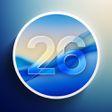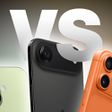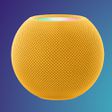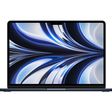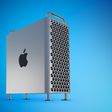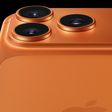Following a partnership announced over the summer, Apple and IBM have today introduced the first in a line of mobile business apps that target a wide range of industries and businesses. Dubbed "IBM MobileFirst for iOS", the suite of ten apps hopes to "bring IBM’s big data and analytics capabilities to iPhone and iPad users."
With the initial batch including apps focused on the finance, air-travel, and banking industries, IBM also confirmed a few clients including Citi, Air Canada, Sprint, and Banorte will support the MobileFirst program starting today.
“What we’re delivering aims directly at the new quest of business—smart technologies that unlock new value at the intersection of big data and individual engagement,” said Bridget van Kralingen, senior vice president, IBM Global Business Services. “Our collaboration combines IBM’s industry expertise and unmatched position in enterprise computing, with Apple’s legendary user experience and excellence in product design to lift the performance of a new generation of business professionals.”
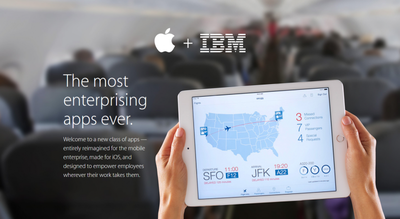
One of the ten apps, Sales Assist, is retail-focused and, for example, allows workers to view customer profiles with extensive back-history on previous purchases to help make informed suggestions tailored to specific users. It can also check a store's inventory, find missing in-store items, and ship items unavailable in-store to customers at home. There's one app that grants pilots easier control over flight manifests and schedules, another that provides personalized in-flight services for passengers, and multiple apps focused on banking and case advisers.
The apps, built exclusively for iPhone and iPad, "are delivered in a secure environment, embedded with analytics and linked to core enterprise processes." The two companies ensure that the apps can be developed and adjusted to fit any company, and once out in the wild are easily managed and upgraded thanks to cloud services provided by IBM. All apps are highly secure as well, and the partners promise that more apps are "being continuously designed and developed" for release in the future.
“This is a big step for iPhone and iPad in the enterprise, and we can’t wait to see the exciting new ways organizations will put iOS devices to work,” said Philip Schiller, Apple’s senior vice president of Worldwide Marketing. “The business world has gone mobile, and Apple and IBM are bringing together the world’s best technology with the smartest data and analytics to help businesses redefine how work gets done.”
The official websites of both Apple and IBM provide a deeper dive into the program with extensive looks into each of the ten apps announced today.





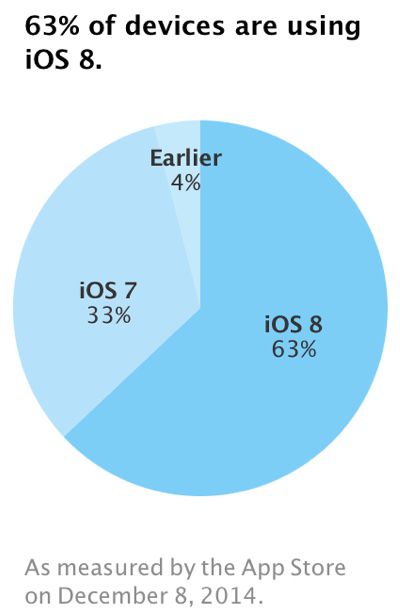
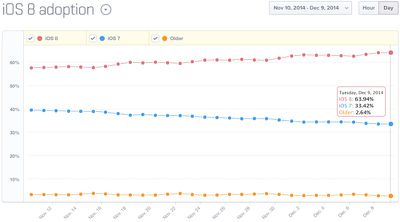
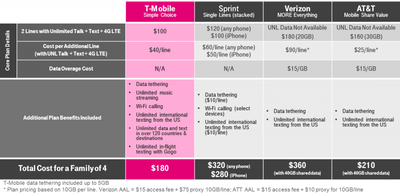

 Just over two weeks ago, hackers
Just over two weeks ago, hackers  Apple CEO Tim Cook met with civil rights activist Jesse Jackson on Monday, reports
Apple CEO Tim Cook met with civil rights activist Jesse Jackson on Monday, reports 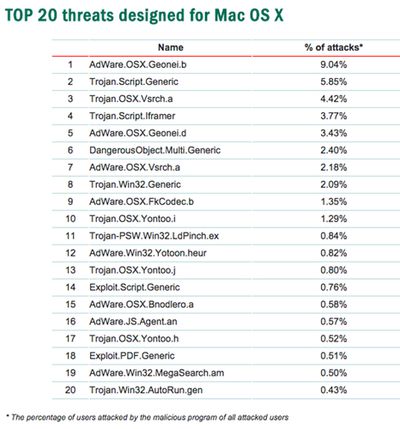

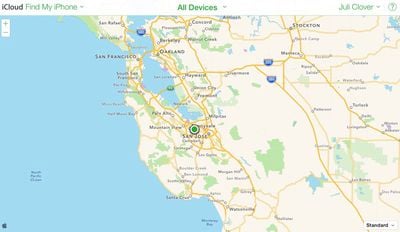

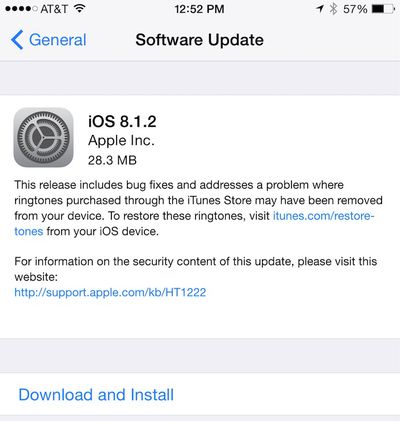
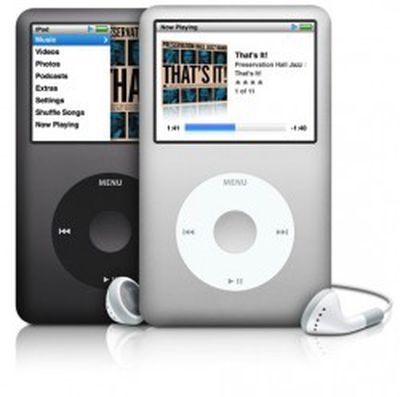 U.S. District Judge Yvonne Gonzalez Rogers, presiding over Apple's iPod/iTunes lawsuit that began last week, has disqualified the last plaintiff in the case and judged that the trial will continue while lawyers scramble to find a replacement,
U.S. District Judge Yvonne Gonzalez Rogers, presiding over Apple's iPod/iTunes lawsuit that began last week, has disqualified the last plaintiff in the case and judged that the trial will continue while lawyers scramble to find a replacement, 



